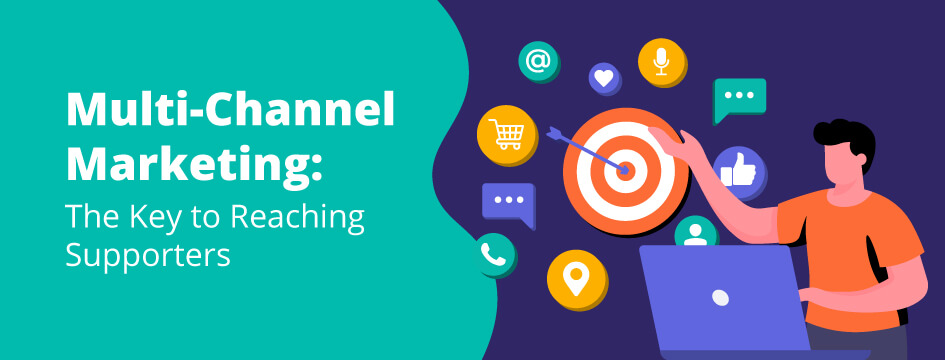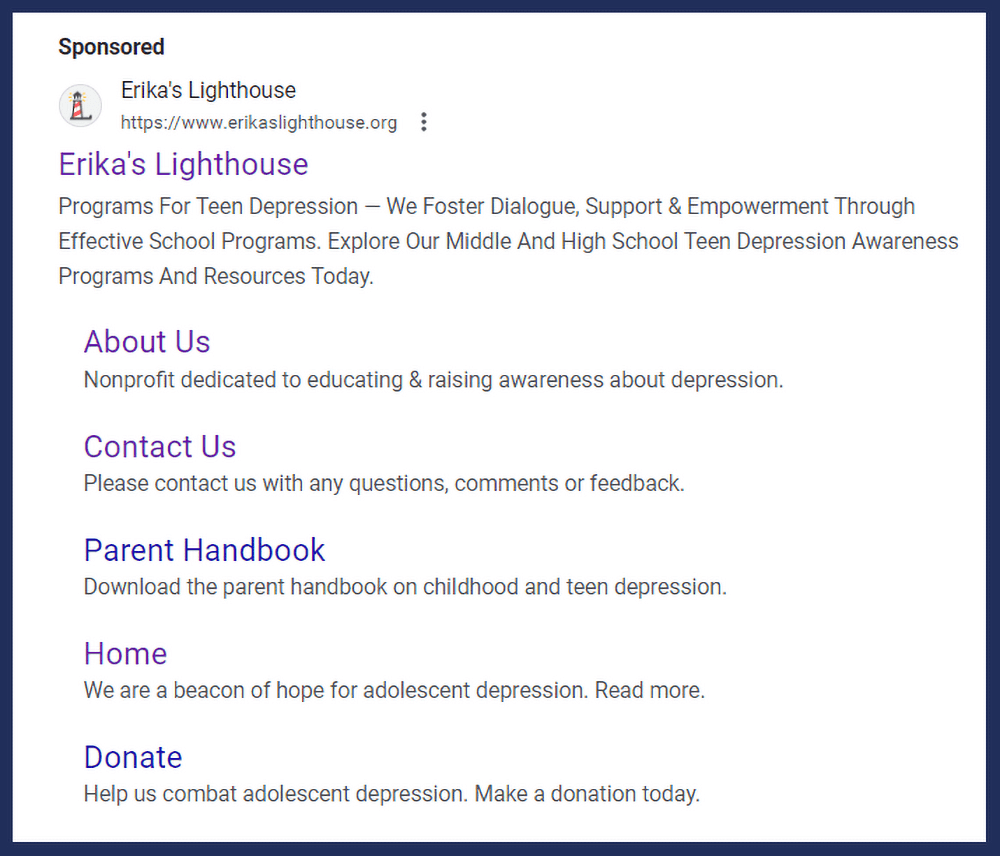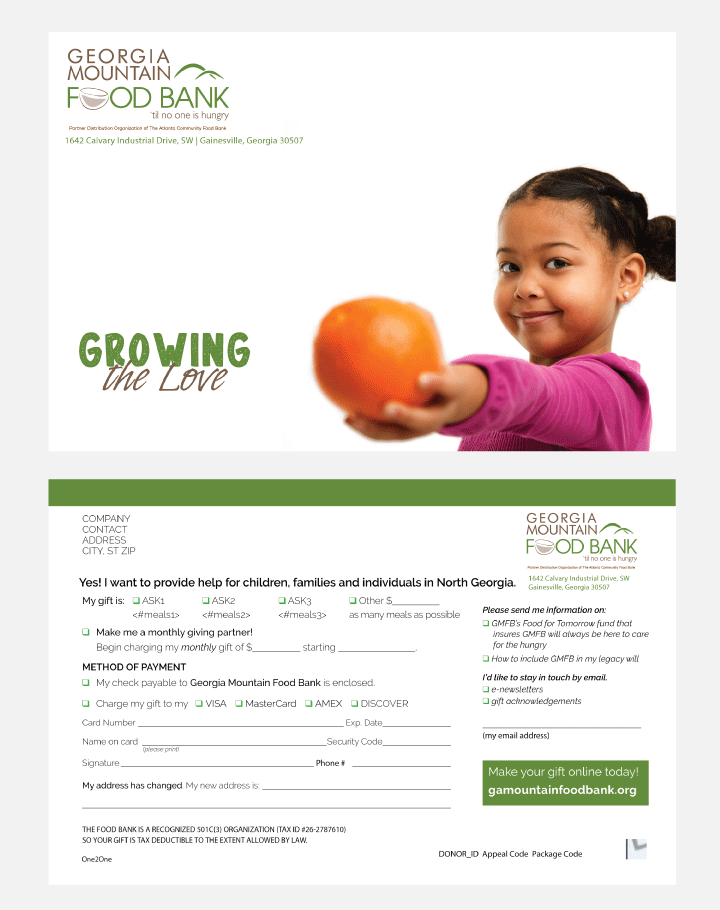The Flexible Career Paths of Grant Writing: 4 Options
Grant writing is a flexible, impactful career choice. It also meshes beautifully with the goals, skills, and desired lifestyles of many professionals from all backgrounds.
For example, nonprofit staff from diverse organizations of various sizes, marketers and communication professionals, stay-at-home parents, former teachers, and more regularly forge successful paths into the world of grant writing. Along the way, they unlock more freedom in their personal lives and bring more impact to their organizations.
If you’ve considered moving into grant writing, what can you expect? What options are available to you?
Let’s explore the four main career paths that we often see our members and friends in the Learn Grant Writing community build for themselves. We’ll also lay out our recommended career change approach, a straightforward process we call the Organic Networking Framework.
First, what will you need?
To start a grant writing career change, some level of training is essential. While grant writing is a field that allows you to learn as you go (to an extent), jumping in with no preparation is a recipe for disappointment and burnout.
A lot more goes into a successful and sustained approach to grant writing than just drafting a proposal. To really thrive, you’ll need to master additional research, analysis, communication, and project management skills, not to mention deepen your contextual knowledge about different types of grants and funders over time.
That said, grant writing training can take many forms depending on your needs and experience level.
Full training programs are best if you’re starting from scratch, especially programs that cover the complete grant writing process and, if needed, the business know-how you’ll need to secure paid freelancing clients. If you already have some experience with grant writing, additional training or a refresher course certainly can’t hurt. Online classes are generally your best bet, but you can opt for something less intensive as needed. We’ve rounded up a selection of the best grant writing resources, including a wide range of training courses, to help you compare options.
Whatever the case, we also recommend finding a community of other grant writers to join. Hearing from other grant writers, learning from their challenges, sharing your experiences, and celebrating wins together can be an invaluable way to sharpen your skills and build your own career momentum.
Career Paths as a Nonprofit Grant Writer
The most common career paths for nonprofit grant writers generally fall into two general categories—in-house grant writing for a nonprofit and freelance grant writing as an independent consultant.
1. Becoming a Better In-House Grant Writer
Let’s say you already help secure funding for your organization and have maybe even pitched in on (or led) previous grant projects. With this career path, you’ll make grant writing a real area of specialization through extra training and resource allocation.
For context, it pays off when nonprofits invest wisely in grant writing. Grants are a critically important revenue stream for organizations of all sizes, and they play a key role in building nonprofits’ capacities to drive impact.
Why? Because unlike fundraising, which is a continuous effort that requires ongoing (and often a lot of) time and resources, grant writing can be a more efficient path to growth. With an upfront investment of time and resources, you can work to win a large grant that helps your organization build a new program and fund it for a period of time (during which you can secure additional funding or build a sustainable plan for it). All you’ll need to do is run the newly funded program and spend a couple of hours each month or quarter reporting your progress back to the funder.
This kind of effective grant program requires careful strategy, upfront work, and attention to maintain compliance and sustainability. However, it ultimately takes less time than constantly chasing new donors or over-relying on exhausting, unpredictable annual fundraising.
You’ll need: Additional grant writing training scaled to your needs, as well as a plan to pitch the importance and benefits of grant seeking to your organization if everyone isn’t yet on the same page.
2. Becoming a New In-House Grant Writer
Maybe you work at a nonprofit but have never helped with grant writing before. Perhaps you don’t even directly help with fundraising, but you have the desire (or have been asked) to secure more funding for the organization.
Don’t get overwhelmed—training, preparation, and enough time will set you up to succeed.
If your organization is small or has never pursued grants before, the key difference you may encounter in this situation is that you’ll likely need to ensure leadership fully understands what grant writing entails, including:
- Investments of time and resources
- Reporting requirements
- Attention to organization and relationship-building
- Persistence and ongoing work (even just a few hours a week to start)
Many grant newcomers fail to understand the full scope of what’s needed for long-term success, instead assuming that a stressful application blitz will pay off with funds and then be done. If your proposals are denied, you could then lose organizational buy-in to keep trying—but remember that grant seeking is a long game that pays off. If you lose one grant, you could easily win another by adapting your plan and resubmitting next year.
Organizations need to understand that they stand the best chances at ongoing success when grant writing is a sustained activity, not a one-off longshot. This means that part of your job as the new in-house grant writer is to advocate for grant writing as a long-term strategy.
You’ll need: More in-depth training if you’re starting from scratch and a plan to fully align the organization on what’s required to support the full, ongoing grant lifecycle.
Career Paths as a Freelance Grant Writer
Going the independent route as a grant writer is a popular choice for a few reasons. Self-employment unlocks more freedom in your day-to-day life while allowing you to drive impact for nonprofits in your community. For many freelancers, it’s also quite lucrative.
There are two general paths you might take toward starting as a freelance grant writer, depending on your level of commitment:
3. Starting a Grant Writing Side Hustle
For freelance work on the side, consider launching a grant writing side hustle. This option can work well for part-time professionals, stay-at-home parents, and others who can’t or don’t want to build a new full-time career.
To get started, follow our recommended career change strategy (explained below), and build a small client roster. And make it your own—keep your work scaled to your personal goals and capacity.
You’ll need: Grant writing training appropriate for your needs and a plan and vision for your side hustle. It’s also important to find initial contacts to pitch your services (or an idea of who you’d like to connect with) and time—building any freelance endeavor takes time and patience.
4. Starting an Independent Grant Writing Consultancy
A small freelancing business is a step up from side-hustling and, for many grant writers, the eventual goal of their hard work. This route involves building your side hustle into full-time consulting work for multiple nonprofit clients.
By starting with a side hustle and growing your operations, you’ll benefit from all of the relationships you’ve built along the way with nonprofits, funders, corporate giving programs, government offices, and others.
You’ll need: All the same necessities as a grant writing side hustle but with an extra dash of patience—you can move as fast or as slow as you want, but it takes time to build a successful track record without burning yourself out.
Our Recommended Career Change Framework
There’s no one-size-fits-all way to change your career, but there are some common steps you can follow and adapt that will help you approach the process more intentionally. We call it the Organic Networking Framework, and it allows you to step into a new career at your own pace through building freelance experience. Here’s how it works:
- Create an outreach list. Who would you like to work with? For grant writers, this will mean nonprofits that you know (personally or otherwise). Gather a list of these potential clients and begin reaching out with a request to simply chat and learn more about their grant writing efforts and goals.
- Host an informational interview. Once you’ve secured a meeting, approach it with the intent to simply listen and learn, not to pitch your services right away. Aim to uncover your contact’s current state and grant goals so you can find an easy way to offer them value.
- Determine a quick-win deliverable. Reach back out to offer a quick deliverable that the contact will find valuable. For grant writing, this often means a Funding Strategy, or a roadmap of the next grant opportunities a nonprofit should pursue over the next year or so. This is an easy way to get your foot in the door without committing to or pitching a larger service that the client might not yet be ready for.
- Create the deliverable. Once the client agrees and you sign a quick contract, create the deliverable that you’ve offered. Deliver it on time—or earlier!
- Amend the contract. Provide your deliverable to the client, and then offer your services to take it a step further. Again, Funding Strategies work particularly well for this because you can easily lay out your plan to put its grant roadmap into action. Explain how you can write the proposals for the opportunities in the Strategy. Once you have determined the details with the client, amend the contract to extend your work.
- Repeat and keep improving. Repeat steps 2 through 5 to complete more paid work, building your knowledge and contacts along the way.
- Earn $15K through freelancing work and decide next steps. After reaching a revenue goal (whatever makes sense for you, although we recommend $15K for freelancers), think about what you’d like to do next with your new skills and track record. If your goal is to freelance, keep the momentum going. If it’s to find a new full-time job, begin applying and showing off your skills.
This framework offers a customizable, easily-repeatable way to build not just your know-how but your confidence. What it doesn’t mention, however, is training. Again, grant writing training is essential. Programs like the Global Grant Writers Collective are built with freelancers in mind, with specific training coaching on the business skills you’ll need.
However you approach your career change, setting yourself up to succeed through training and freelance work can give you the skills and confidence you need to wow your first clients (or employer) and create a powerful snowball effect. Happy grant writing!

Meredith Noble is the co-founder of Learn Grant Writing and author of the book, How to Write a Grant: Become a Grant Writing Unicorn. She has secured over $45 million in grant funding, and her students have secured over $627 million – a number that grows daily. Meredith can be found adventuring in Alaska or reading.






